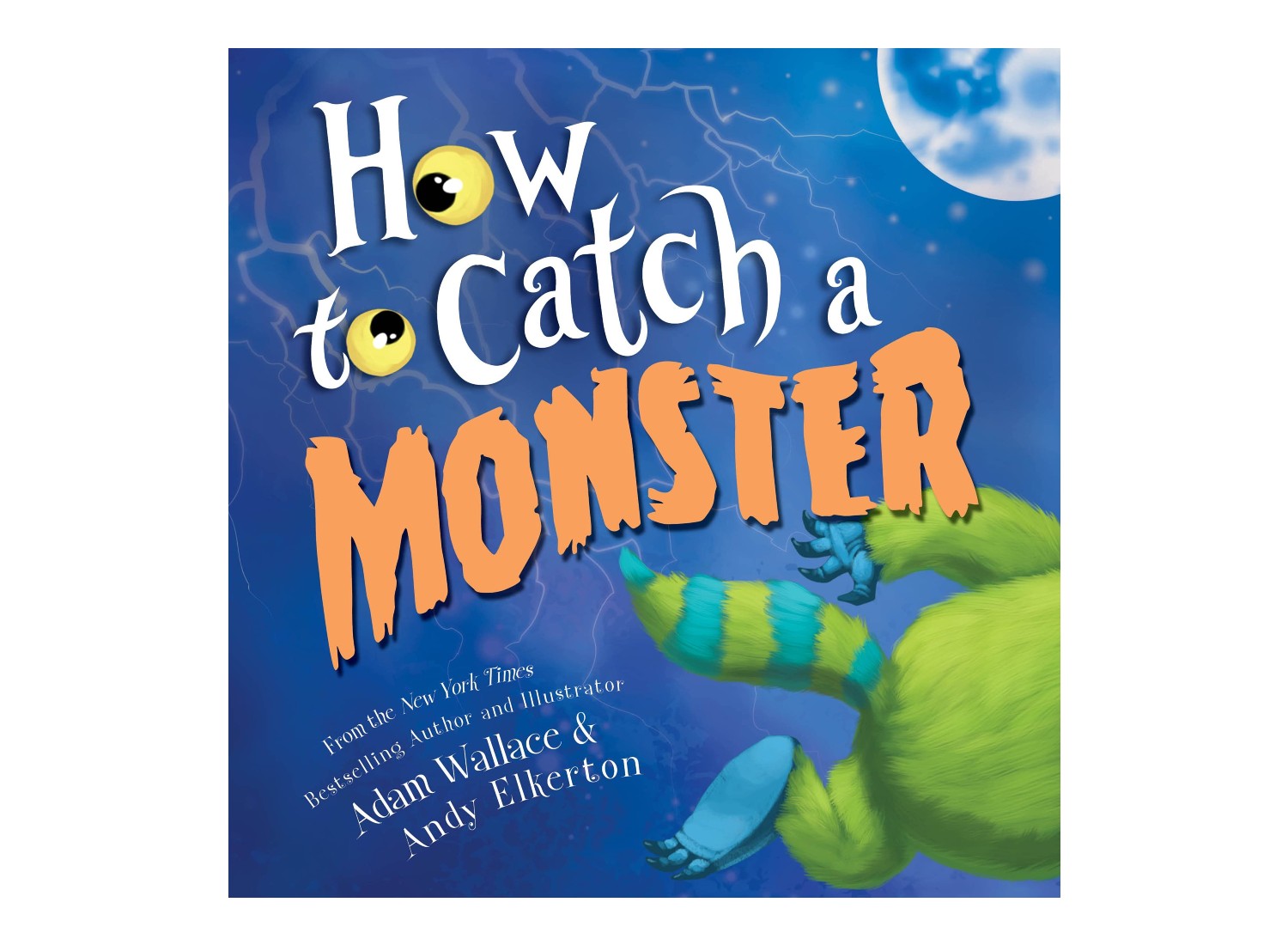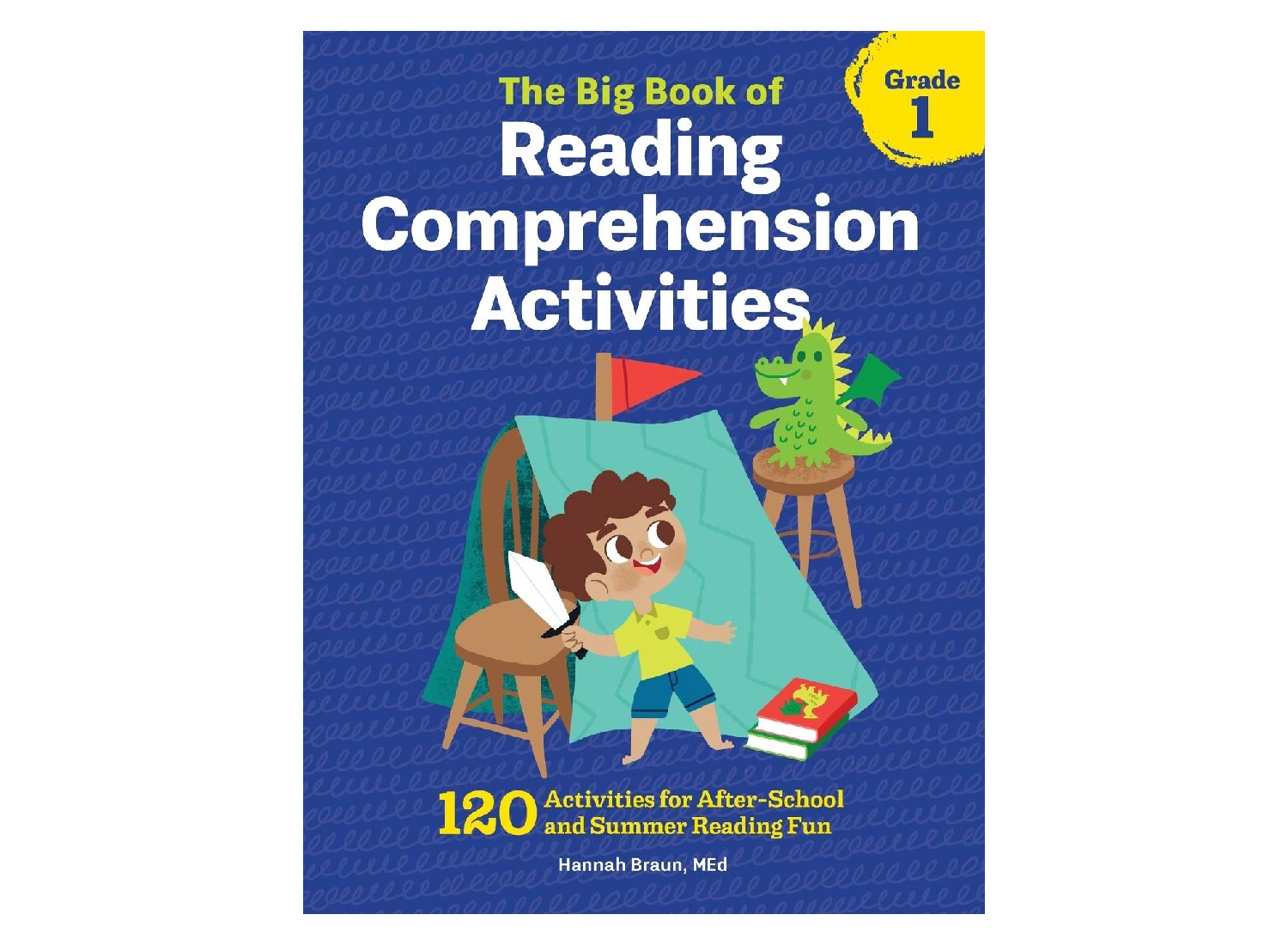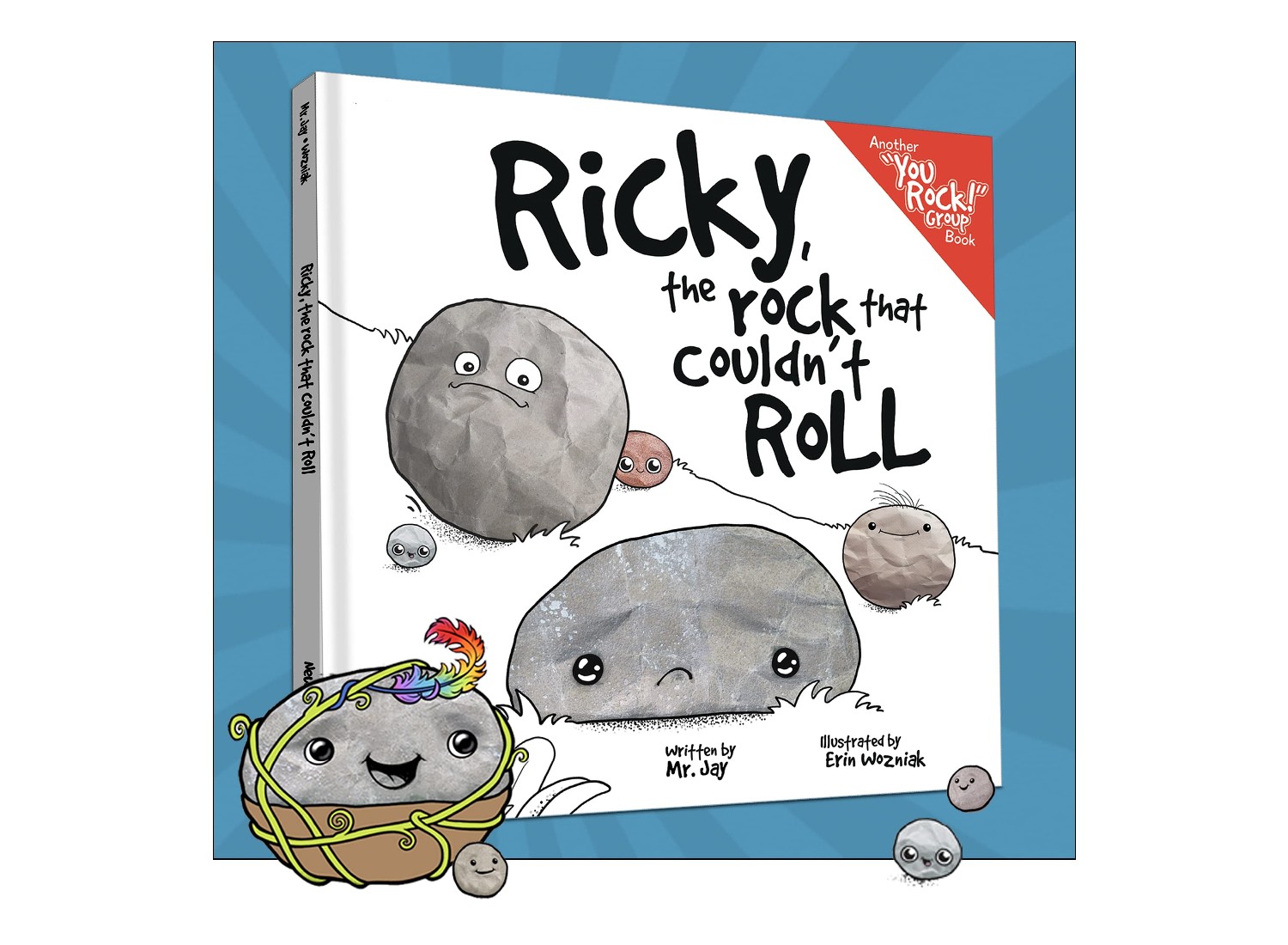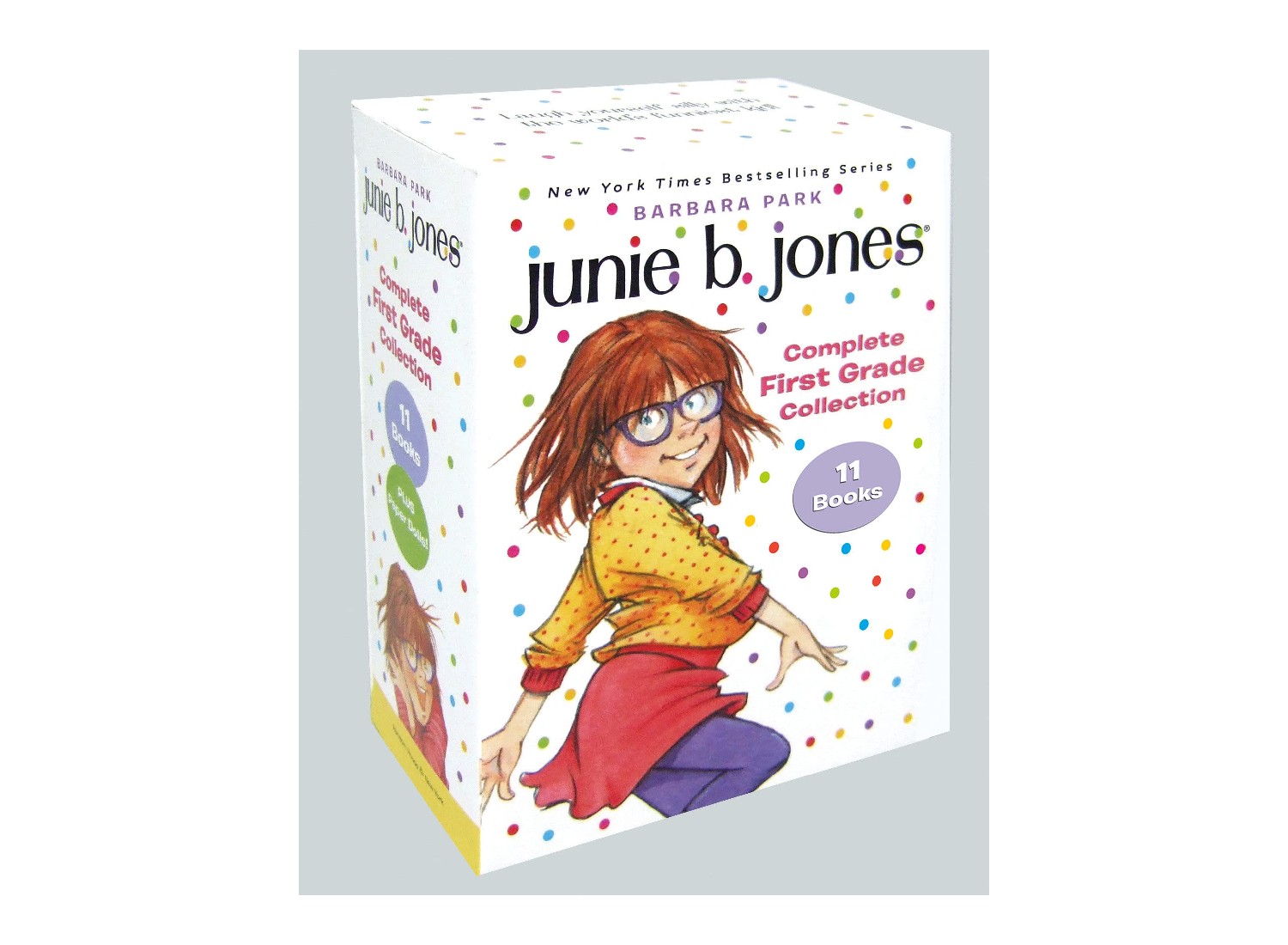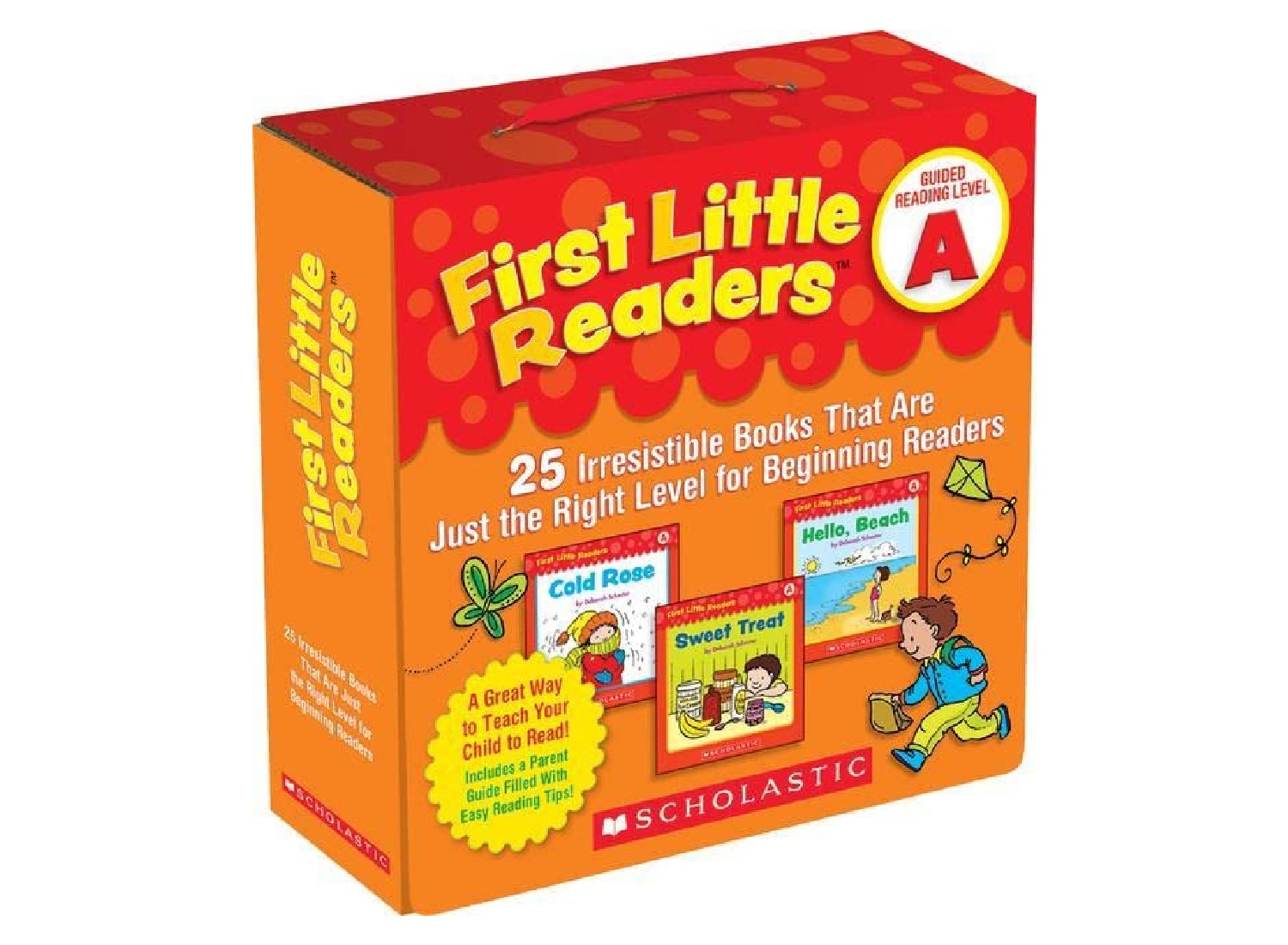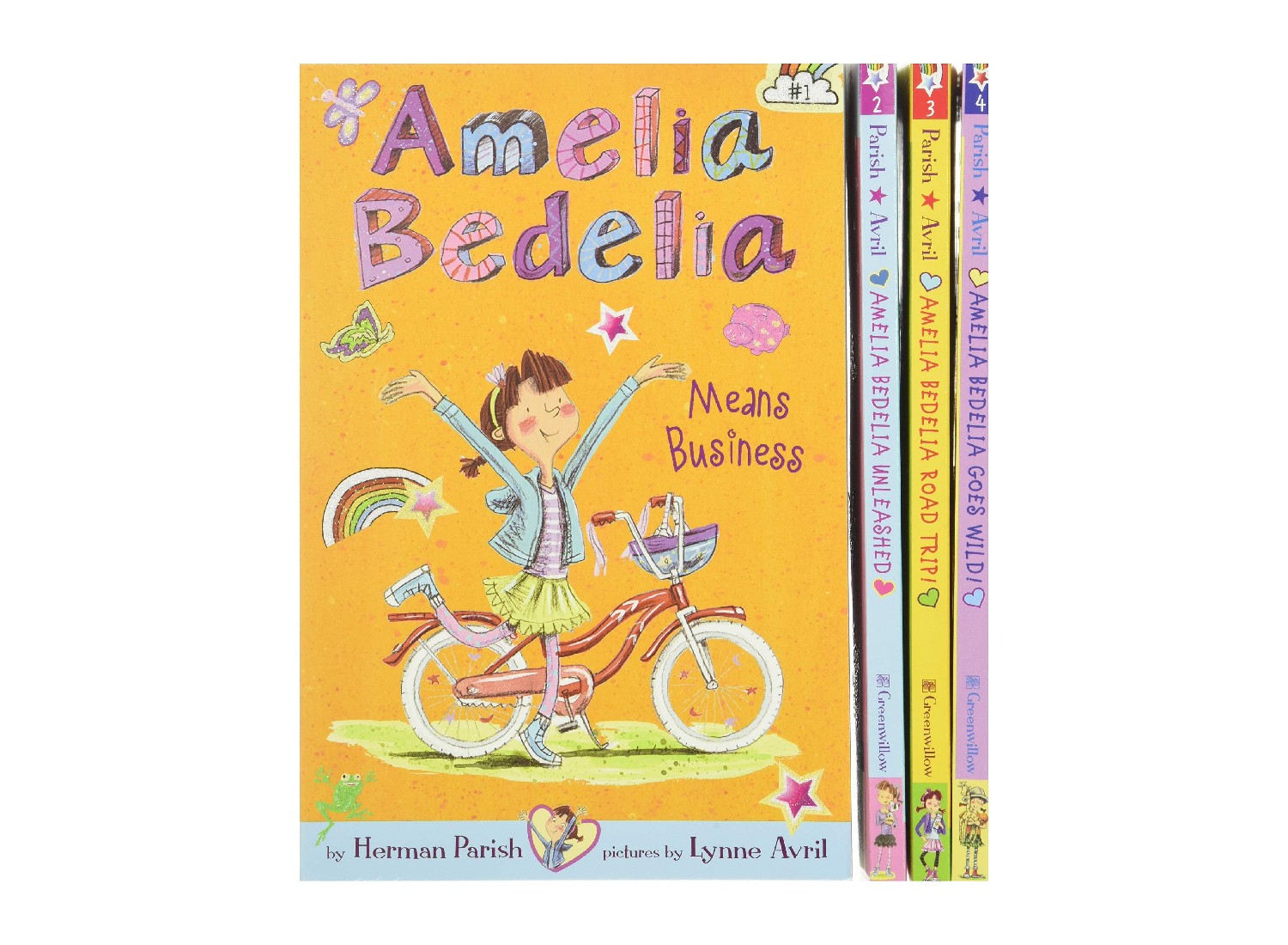Make Reading Fun With the Best Books for 1st Graders
The 1st grade is a magical time for most kids. They're faced with new challenges, new experiences, and — perhaps most importantly — new books to read! But what kind of reading materials are best for kids who are just starting their education? What should they be reading? Well, fret not, we've compiled a list of the top-rated books for 1st graders for 2024 that will give your little one an edge in reading and learning.
While there are a lot of ways to encourage learning in kids, these books will help them learn the basics of reading, like phonics, letter sounds, and sentence structure. They're also great for helping kids build their vocabularies so that they can quickly adapt to advanced material when they get older. So, let’s check out some of our favorite books for 1st graders!
- 1 How to Catch a Monster – Best Overall
- 2 The Big Book of Reading Comprehension Activities – Best Educational Book
- 3 Ricky, the Rock That Couldn’t Roll – Colorful Illustrations
- 4 Junie B. Jones Complete First Grade Set – Best Gift
- 5 First Little Readers Book for 1st Graders – Best Value
- 6 Amelia Bedelia 4-Book Box Set – Most Fast-Paced
Buying Guide: Books for 1st Graders
If your kid has achieved the milestone of becoming a 1st grader, you should buckle up and help them hone their reading and writing skills with books for 1st graders. Books for 1st graders not only reinforce their skills, but they can even help encourage learning. So, to help you make a well-informed decision, we’ve put together this comprehensive buying guide. Let’s take a look!
Factors To Consider When Buying Books for 1st Graders
Level-based education
Infants and early toddlers are only developing the practice of reading for enjoyment. You can use books to teach your child fundamental ideas like colors and the alphabet. Books may also help preschoolers learn concepts and engage in the narrative while building on the abilities they have previously acquired and help them get ready for the first grade.
Book’s design
Board books for 1st graders are ideal for young toddlers because they have sturdy pages that can survive nibbling. You’ll know that your children are ready for books with paper pages when they stop biting at everything in reach.
Depending on how easy to understand the language and plot are, picture books can be suitable for readers of any age. Books without illustrations are often not suitable for readers under the age of 1.
Features To Look For in Books for 1st Graders
Letter identification
While they might not be able to read yet, children between the ages of 4 and 6 are likely able to identify certain letters. Focusing on memorizing all the letters, both capital and lowercase, in addition to the sounds they produce, is an excellent idea to improve your child’s intellect. At this age, children should begin writing letters and words — particularly those with simple spelling — but you shouldn’t worry too much if they mix up letters like b, d, and p.
For kids at this age, complete language arts activity books are excellent resources. Most of them include vigorous activities that involve toys, food, animals, and other things that kids love. At the very least, books for 1st graders need to address letter recognition, letter sounds, and word formation using a combination of letters.
Print vs. digital
While shopping, you can find both print and digital books for 1st graders. We advise starting with print books for 1st graders to keep them from biting the books. Feel free to let your child interact with technology once they have mastered the ability to read.
Quick readers
Choosing books that are specifically intended for your child’s reading level is the greatest approach for pushing them to learn reading. Pick a book that has simple, precise phrases and sounds. By repeating simple words and phrases to your child, you can help them memorize the words quickly. You’ll get additional value for your money with the easy reader books for 1st graders that also include quiz questions.
Tips for Choosing Books for 1st Graders
Choose an age-appropriate book
Pay attention to the recommended ages and educational benefits of the books you have chosen for your 1st grader. Preschoolers and older toddlers who can manage paper pages will enjoy books with bigger pictures and lift-the-flap activities that encourage them to get lost in the narrative. Choose a book that has different sections to improve your kid’s reading skills every day.
Choose books with educational content
Books for 1st graders typically concentrate on fundamental ideas like the ABCs, sentiments, or friendship with the help of rhymes, phonics, and other techniques to get your child ready for reading. When choosing a book for an older kid, think about the topics and learning opportunities it offers, as well as how it’ll help them understand and build their vocabulary.
Know your child’s interests
Generally, stories should relate to your child’s life experiences. Your child gets into different things as they grow, so you should be imaginative in your choices and follow your kid’s interests. Are they fans of dinosaurs, cars, dolls, or science? If dinosaurs excite them, consider a picture book with rhymes about dinosaurs; for independent reading, suggest a nonfiction book about archaeological digs.
Bright and colorful illustrations
Look for eye-catching illustrations and recognizable characters that hold their attention. Children should be encouraged to pick, touch, and speak about the images present in the book. Poetry or funny stories are excellent choices if your little one enjoys repeating words and phrases.
Different Types of Books for 1st Graders
Picture books
Picture books are ideal for kids between 2 to 8. They usually impart life lessons about relationships, social connections, values, and emotional intelligence while using visuals to tell the tale. Because picture books teach kids how to navigate their environment as well as read, they must be engaging and entertaining.
Chapter books
The material and vocabulary in chapter books are more advanced than kids may have previously encountered. If your child has become fluent in reading, you should introduce them to chapter books.
Participation books
Kids love to imitate the instructions in the book, such as clapping their hands. Lift-the-flap books are ideal for improving hand-eye coordination because children adore looking below the flap to uncover answers or learn something new.
Books with patterned concepts
These books develop your kid’s concept of connection or help them master a given subject. Patterned concept books for first graders also give visual representations of many concepts and terms. Children may read along with an adult and guess what words appear next in books with a clear pattern and rhythmic flow.
Predictable books
With these books, your kid can guess what will happen next because of the predictable tale, structured language, and catchy phrases. Additionally, they assist in the comprehension of language and the organization of sentences and narratives.
Wordless books
Despite having little to no text, wordless books for 1st graders deliver a true narrative. Readers must predict the story from the images by scrutinizing the details and expressions. Kids benefit from this practice because it helps them concentrate on the order of the stories and allows them to use “book language.”
Fables and folklore
These books contain stories that have been developed over years of oral storytelling. A moral idea or topic appears in such stories and kids learn about cultures and experiences through folktales and fables, which often have some sort of cultural or historical background.
Poetry
You can choose from a range of poetry books for 1st graders, including collections of poems by the same author or on the same subject. Kids can improve their phonemic awareness by reading poetry that rhymes, particularly poetry with amusing phrases.
Rhymes
Children naturally like nursery rhymes that their parents sing to them. Nursery rhymes and melodies are handed over from generation to generation and are common in various cultures.
Alphabetical books
A variety of alphabet books are available, ranging from the simplest, which lists the letters and items that begin with them, to the most complex, which uses the alphabet to create a storyline. Certain alphabet books for 1st graders are designed on a particular theme, highlighting the alphabet with the help of recognizable images.
Knowledge-based books
These books for 1st graders are non-fiction and are made on subjects that kids are interested in, like animals, cuisine, automobiles, games, or seasons. Many identify the artwork as well, enhancing young readers’ introduction to written language. They often have a basic aesthetic and concentrate on things and themes that are prevalent in children’s surroundings.
Comparing the Top Book for 1st Graders of 2024
How to Catch a Monster – Best Overall
Protect your kids from the scary monster under the bed with this Halloween-themed children’s book “How to Catch a Monster: A Bedtime Bravery Picture Book.” This inventive picture book has all you need to equip your 1st grader with the tools to overcome sleep issues and sleep anxiety. They will learn that a monster may not be as scary as it seems!
If your 1st grader loves this book, the authors actually have a series you can check out, with a ton of other life lessons to learn through fun reading time! They are themed to each holiday, like Easter, Thanksgiving, and Christmas. Boost your child’s reading comprehension while building their confidence with these helpful, creative books. This book for 1st graders is the best overall on the list because of its great life lessons shared among beautifully drawn illustrations and fun verse text on each page.
Pros
- Helps your child overcome anxiety
- Beautifully drawn illustrations
- Affordable for any family
Cons
- Kids may age out from the book
The Big Book of Reading Comprehension Activities – Best Educational Book
“The Big Book of Reading Comprehension Activities” by Hannah Braun M.Ed. is a must-have book for every parent and educator who wants their child to learn to read fluently. From short stories to fill-in-the-blanks, this book for 1st graders is chock full of engaging activities that will help your child improve their comprehension skills and identify main ideas and characters.
With simple compare and contrast stories, your child can spend less time struggling with difficult vocabulary words or plot points, and more time enjoying themselves. Further, this book for 1st graders has beautiful illustrations that will keep your child engaged as they learn about new topics in an exciting way. Available in paperback or spiral-bound varieties, this book is perfect for after-school or summer reading activities and is the perfect size for little hands.
Pros
- Includes fiction comprehension questions
- Fun illustrations to keep kids engaged
- Recommended for kids aged 5 to 7
Cons
- Font may be too small
Ricky, the Rock That Couldn’t Roll – Colorful Illustrations
“Ricky, the Rock That Couldn’t Roll” by Mr. Jay is a modern-day classic that will delight both children and adults. This book for 1st graders is about a rock that couldn’t roll, couldn’t bounce, and certainly couldn’t jump. Ricky just wanted to be like all his other friends — a rock that could go on adventures. But no matter how hard Ricky tried, he just couldn’t do it.
Written beautifully in verses, this story focuses on how friendship can help you succeed in difficult tasks, even if you don’t think you can do it alone. Your kid will also learn how important it is not to give up when things get difficult — they can always try again! Finally, this story teaches young readers that they have the power within themselves to make their dreams come true. Best of all, the illustrations are full of color and detail, which makes this book fun to read.
Pros
- Beautifully illustrated for easy comprehension
- Fun to read for younger kids
- Bend-resistant hardcover design
Cons
- Some readers don’t like the story’s moral
Junie B. Jones Complete First Grade Set – Best Gift
With Junie B. Jones’ Complete First Grade Set by Barbara Park, you can introduce your kids to one of the most iconic characters in children’s literature. A girl who’s always one step away from getting into trouble, Junie B. Jones has all the humor, wit, and charm of a beloved character that you’ll be reading to your kids for years to come. And with this boxed set, you’ll have 11 books to start with!
Each book features Junie B.’s hilarious classroom adventures in a way that will keep your kid begging for more. Whether you’re looking for a holiday gift, back-to-school treat, or something to celebrate kindergarten graduation (or all three!), this set of books for 1st graders is sure to please your little munchkin.
Pros
- Available in a set of 11 books
- A light and humorous read
- Comes with paper dolls
Cons
- Thin and flimsy material
First Little Readers Book for 1st Graders – Best Value
Help your young reader jumpstart reading success with the First Little Readers collection by Deborah Schecter. This box set contains 25 full-color storybooks that will delight your little ones and help them build confidence as they begin their journey into the world of books. Each book comes with one line of simple, repetitive text, so it’s easy for even beginning readers to understand what they’re reading.
Since this book for 1st graders is filled with CVC (consonant, vowels, and consonant) words, every time you read this book to your child, you’ll be helping them build their vocabulary, understand new words, and get familiar with different concepts. And did we mention that this book set comes with a parent guide? Yes, this guide includes tips on how to make reading a fun part of your (and your child’s) day.
Pros
- Includes 25 fun stories
- Colorful characters to build interest
- Paperback makes it easy to handle
- Comes with a parent guide
Cons
- Papers might bend out of shape
Amelia Bedelia 4-Book Box Set – Most Fast-Paced
The Amelia Bedelia 4-Book Box Set by Herman Parish is a great gift for young readers. Each book is packed with short, fast-paced chapters that are perfect for readers who are just starting out or for kids who want a fun story to read over and over again. These stories are written in simple language that will keep even the most reluctant reader’s attention.
These books for 1st graders are illustrated in black and white with hilarious pictures of Amelia Bedelia doing all sorts of silly things that’ll make your little one giggle. They also include an introduction to idioms so kids can learn what they mean while they laugh at Amelia’s antics. The set also comes in a sturdy cardboard case with stickers included that your kids can use to decorate their walls or lunchboxes.
Pros
- Includes four books
- Features a unique plot and characters
- Easy-to-interpret stories
- Comes in a sturdy case
Cons
- Black and white illustrations may be boring
People Also Asked
A: Children start to become more confident readers in 1st grade. They typically become really pleased about reading chapter books as they go from being developing readers to newly independent ones!
A: Around the age of 4 and 7, children begin to comprehend reading. It’s important to get assistance if your child is still having trouble at age 9. Typically, it’s preferable to contact your pediatrician about choices and resources in your community; do not wait if your kid has a history of speech delays or if reading difficulties run in your family. According to research, 90% of children who have reading difficulties soon catch up if the issue is identified by the first grade. But, 75% of children whose problems are not addressed until age 9 continue to suffer.
A: Rhyming words and nursery rhymes are challenging for many dyslexic 1st graders. Some have trouble recalling the alphabet's letters in order or other sequential information. To increase your child's chances of catching up, seek help as soon as you see signs of dyslexia.
A: Although professionals are polarized on this issue, they think that children who grow up in households where books are readily available, where people read to them regularly, and where they observe adults reading will eventually excel irrespective of the approach. According to some specialists, a whole language strategy may be more effective in households where literacy has not traditionally been prioritized. These materials provide a greater emphasis on content than on letters and sounds, which may not be intrinsically stimulating for 1st graders.
